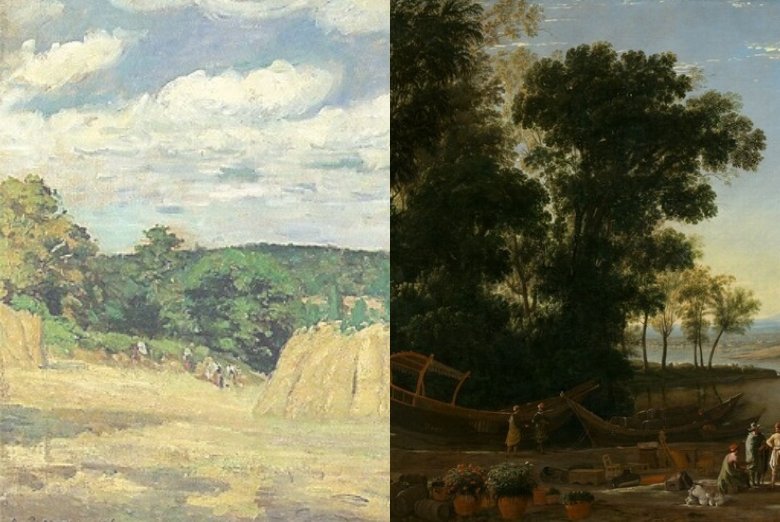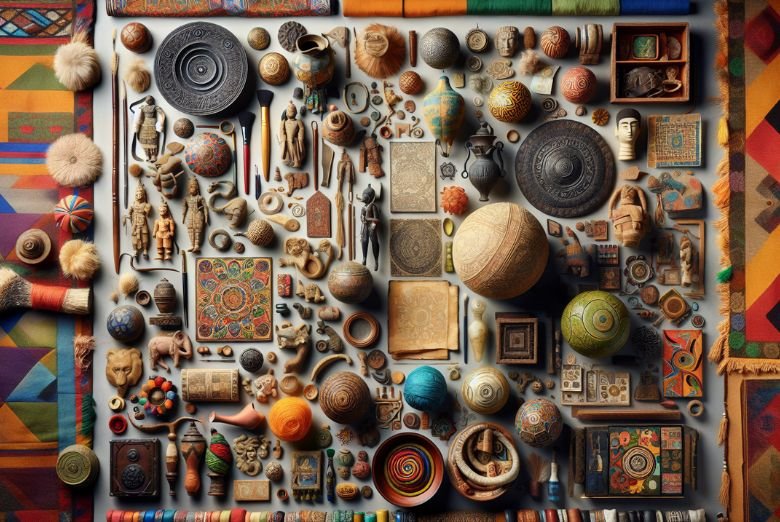Building a successful art portfolio is a crucial step for artists aiming to showcase their skills, style, and creativity. Whether you’re applying to art schools, seeking gallery representation, or looking to attract clients, your portfolio is often the first impression others will have of your work. Here’s a comprehensive guide to help you create a standout art portfolio.
1. Understand Your Purpose
Before diving into creating your portfolio, clarify its purpose. Are you applying for art school, pitching to galleries, or seeking freelance clients? Each objective may require a different focus.
Art School
For art schools, admissions committees typically look for a range of skills, creativity, and potential. Include observational drawings, conceptual pieces, and works that demonstrate technical ability and originality.
Galleries
For galleries, curators are interested in consistency and professionalism. Your portfolio should reflect a cohesive body of work that aligns with their aesthetic or theme.
Freelance Work
If you’re a freelancer, tailor your portfolio to the type of projects you want to attract. For example, illustrators might include character designs, book covers, or editorial illustrations.
2. Research and Gather Inspiration
Study successful portfolios in your field. Look for:
- Artists whose work you admire.
- Portfolios from alumni of the schools or programs you’re applying to.
- Professional portfolios from artists in your industry.
Take notes on what works well, such as layout, diversity of work, and presentation style. Use this research to guide your own approach.
3. Select Your Best Work
Quality over quantity is a golden rule for art portfolios. Include only your strongest pieces that demonstrate your skills and creativity. Avoid adding filler work, as weaker pieces can dilute the impact of your portfolio.
Tips for Selecting Pieces:
- Show diversity but maintain a cohesive style.
- Include works that reflect your unique artistic voice.
- Prioritize recent work unless older pieces are exceptionally strong.
- Seek feedback from peers, mentors, or professionals when making your selections.
4. Organize Your Portfolio
The way you organize your portfolio is just as important as the content itself. A well-structured portfolio makes it easier for viewers to appreciate your work.
Sequence Your Work
- Start with a strong piece to grab attention.
- Arrange your work to tell a story or highlight your progression.
- End with another standout piece to leave a lasting impression.
Categories and Themes
If your portfolio includes diverse styles or mediums, consider organizing it into categories. This can help viewers navigate your work more effectively.
5. Showcase Technical and Conceptual Skills
Balance technical mastery with creative and conceptual depth. Include works that demonstrate:
- Strong composition and use of color.
- Mastery of your chosen mediums.
- Original ideas and storytelling.
- Problem-solving or process-focused works, such as sketches or mock-ups.
6. Consider Your Mediums
Your medium can influence how you present your portfolio.
Traditional Art
For physical artworks like paintings or sculptures:
- Take high-quality photographs with proper lighting.
- Include details or close-ups to highlight textures and techniques.
Digital Art
For digital artists:
- Present clean, high-resolution images.
- Avoid watermarks unless absolutely necessary; instead, rely on copyright protections.
7. Tailor to Your Audience
Customize your portfolio for each opportunity. Research your audience—whether it’s an admissions committee, a gallery curator, or a potential client—and align your presentation with their expectations.
Personalization Tips
- Adjust your selection of pieces to fit the style or theme.
- Include a personalized statement or cover letter.
8. Create a Cohesive Presentation
The presentation of your portfolio should reflect professionalism and attention to detail.
Digital Portfolios
- Use platforms like Behance, Dribbble, or a personal website.
- Ensure your site is user-friendly and mobile-optimized.
- Include a brief introduction or artist statement.
Physical Portfolios
- Use a professional portfolio case or binder.
- Print images on high-quality paper.
- Label each piece with the title, medium, dimensions, and date.
9. Write an Artist Statement
An artist statement provides context for your work and communicates your artistic vision. Include:
- A brief introduction to your artistic journey.
- Your inspiration and influences.
- The themes and ideas you explore in your work.
- Your future aspirations as an artist.
10. Seek Constructive Feedback
Before finalizing your portfolio, seek input from trusted sources. Feedback can help you identify strengths and areas for improvement. Consider:
- Art teachers or mentors.
- Peers or fellow artists.
- Industry professionals or portfolio reviewers.
11. Update Regularly
An art portfolio is a dynamic, evolving document. Update it regularly to reflect your growth and current style. Remove outdated or less relevant pieces and add new works that showcase your progress.
Best Practices for Updates
- Review your portfolio every 6-12 months.
- Replace weaker pieces with stronger, newer works.
- Keep a consistent style while showing evolution.
12. Market Yourself
A great portfolio is only effective if the right people see it. Promote your work through various channels:
Online Platforms
- Share your portfolio on social media platforms like Instagram, LinkedIn, and Pinterest.
- Join art communities or forums.
- Collaborate with other artists to expand your reach.
Networking
- Attend art shows, exhibitions, and industry events.
- Connect with professionals and fellow artists.
- Leave a lasting impression by sharing a business card or portfolio link.
13. Prepare for Interviews or Presentations
If your portfolio leads to an interview or presentation, be ready to discuss your work. Practice answering questions about your:
- Creative process.
- Inspiration and influences.
- Problem-solving and decision-making in specific pieces.
14. Common Mistakes to Avoid
Be aware of common pitfalls that can undermine your portfolio’s effectiveness:
Mistake 1: Overloading Your Portfolio
Including too many pieces can overwhelm viewers. Aim for 10-20 high-quality works.
Mistake 2: Lack of Cohesion
A disjointed portfolio can confuse your audience. Strive for consistency in style and theme.
Mistake 3: Poor Presentation
Sloppy formatting or low-quality images can detract from your work. Invest time in presentation.
Mistake 4: Ignoring the Audience
Failing to tailor your portfolio to your audience’s needs or preferences can reduce its impact.
Conclusion
Building a successful art portfolio takes time, effort, and careful planning. By understanding your purpose, showcasing your best work, and presenting it professionally, you can create a portfolio that highlights your unique artistic voice and opens doors to exciting opportunities. Remember to stay authentic, seek feedback, and continuously refine your portfolio to reflect your growth as an artist.



